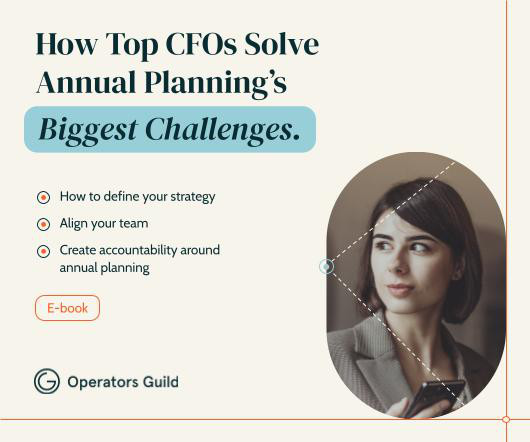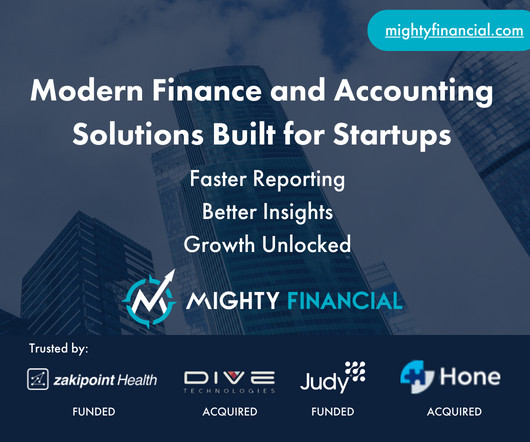Startup Execution Transcends the Idea From Day One
Gust
OCTOBER 21, 2012
Apple NYC image via The Washington Post. A startup begins with a great idea, but all too often, that’s where it ends. Ideas have to be implemented well to get the desired results. Good implementation requires a plan, and a good plan and good operational decisions come from good people. That’s why investors invest in entrepreneurs, rather than ideas.




































Let's personalize your content